B.195
B.
Bulletin
New Zealand's leading
gallery magazine
Latest Issue
B.22201 Dec 2025
Contributors

Director's Foreword
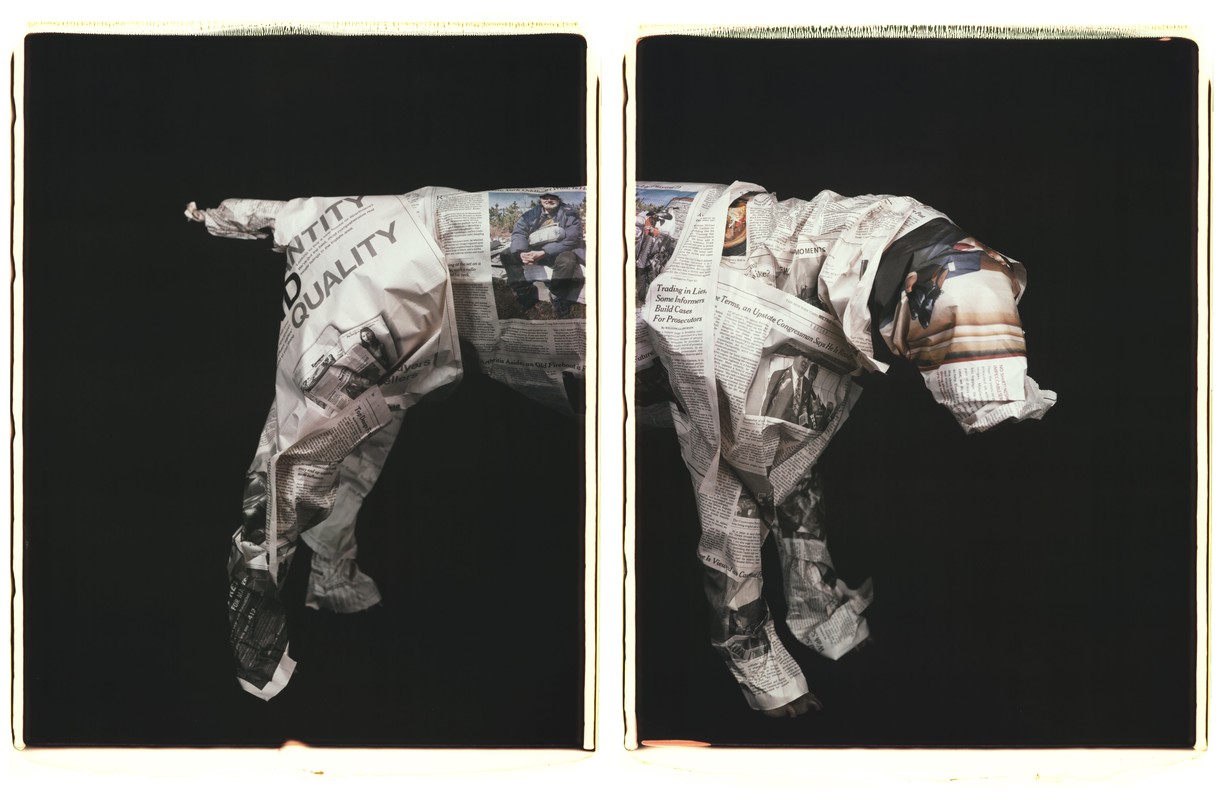
William Wegman: Being Human
It’s a busy time at the Gallery, as we prepare for the opening of William Wegman: Being Human. Wegman is a very significant American artist and this is his first and only show in New Zealand, so we are thrilled to have such a thorough representation of his work on show here at Christchurch Art Gallery Te Puna o Waiwhetū. Wegman, who is famous for working with his Weimaraner dogs, was part of the late 1960s and early 1970s American conceptualist movement, and has produced a huge body of work that examines the human condition through photography and video. Wegman was also one of the earliest artists to see popular culture as a platform for expanding artistic practice and gaining critical attention (he co-produced the hugely influential 1988 re-release music video for New Order’s ‘Blue Monday’ – at the time a record-breaking entry in New Zealand’s charts).
Interview
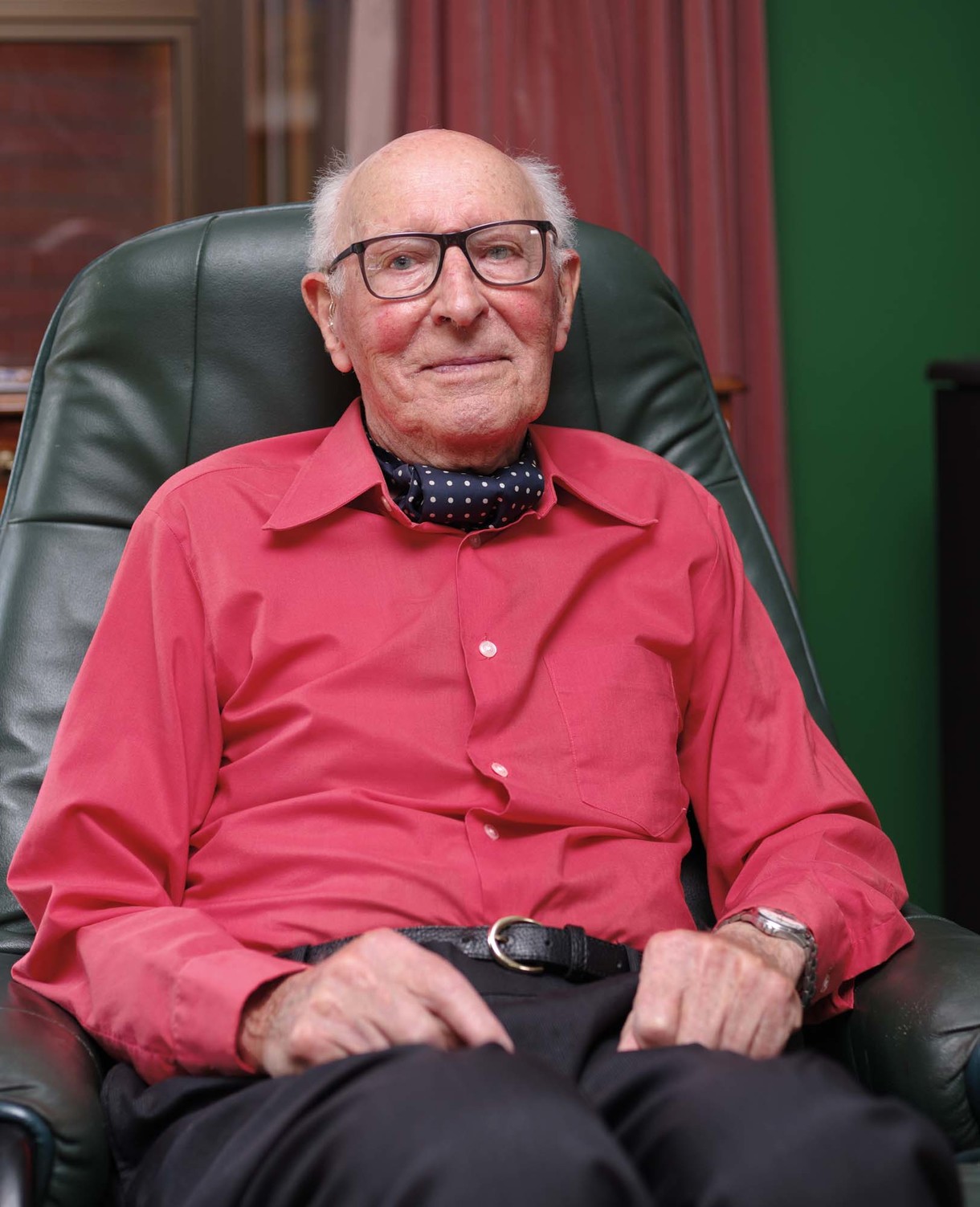
John Simpson
Early in 2017, Professor John Simpson, the former head of the School of Fine Arts at the University of Canterbury, approached the Gallery’s then director, Jenny Harper, with a proposition: he had been considering the future of the art collection he had accumulated over the past six decades, and wished to know whether the Gallery would be interested in selecting a group of works for a gift. My colleague Ken Hall and I visited John one afternoon in March. It quickly became apparent to us that the collection was significant and that the offer was particularly generous. Interestingly, we discovered that the works variously represented John’s own artistic interests and his national and international artworld connections. As such, they told a story of art and art history that usefully expanded the local account.
Interview
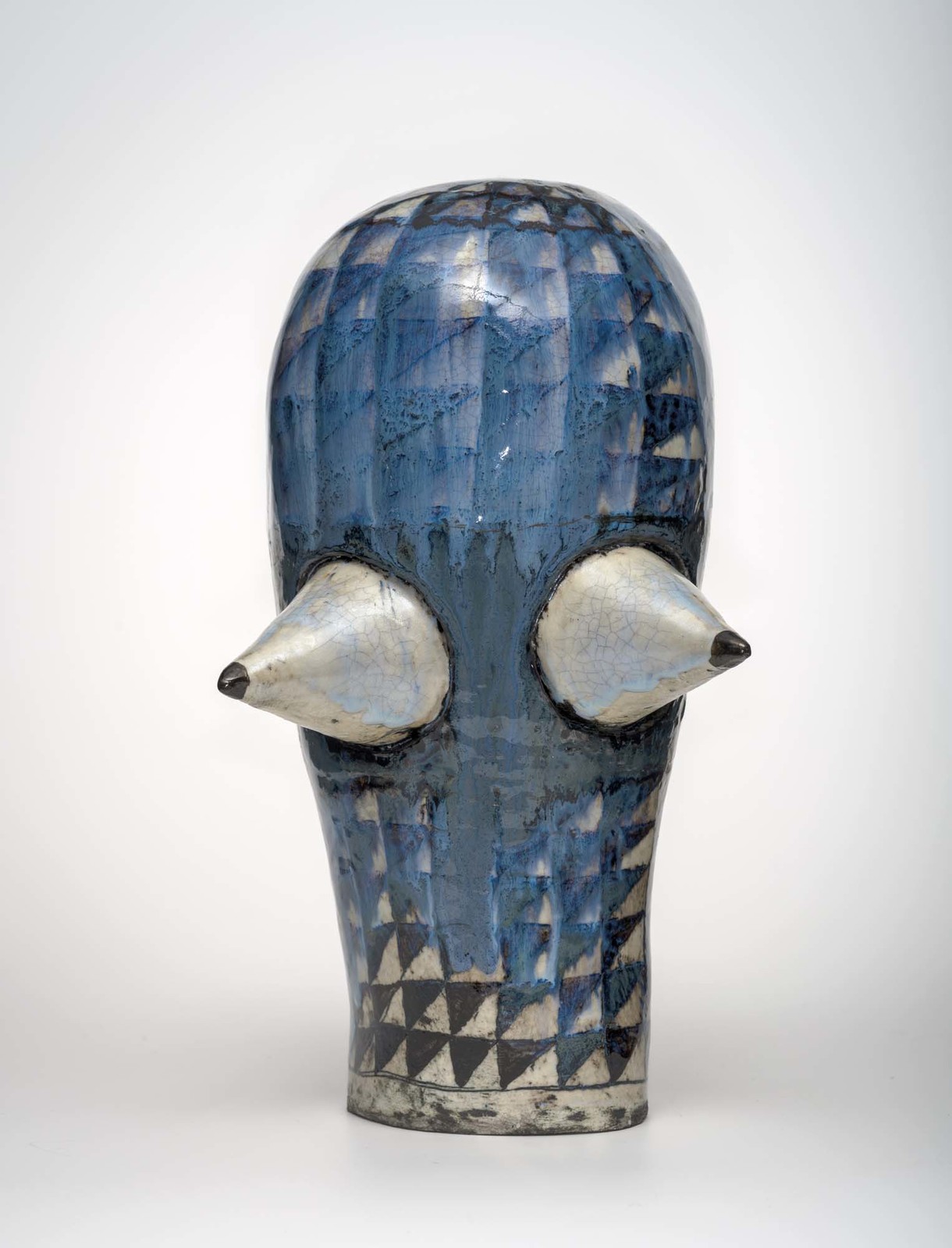
Accidents and Variations
Lara Strongman: Let’s talk about the process of making the works for this exhibition. Can you describe how you produced them?
Julia Morison: I’ve never actually made ceramics before. I read Edmund de Waal’s The Hare with Amber Eyes, which is about a netsuke set that is passed through several generations. De Waal is a ceramicist and he talks in this book about objects and porcelain in such a visceral way—basically he seduced me into picking up a ball of clay and playing with it. For a long time I haven’t had the use of my hands [because of arthritis], so I thought that playing with clay might actually help strengthen them.
Commentary

Portraits for the Million
Scottish-born brothers John Tait (1836–1907) and Alexander Tait (1839–1913) established themselves as photographers in gold rush Hokitika in about 1866, the period in which Catton’s The Luminaries is set. While building up a broader picture of photographers for the Hidden Light: Early Canterbury and West Coast Photography book and exhibition, I recalled an interview with the novelist at around the time of her 2013 Man Booker Prize success, and her mention of having restricted her reading for a year before starting the novel to nothing published after 1866, giving the National Library’s Papers Past credit as a vital source. The trails and condensed stories of many of the photographers in Hidden Light were largely brought together via this same indispensable means.
Commentary
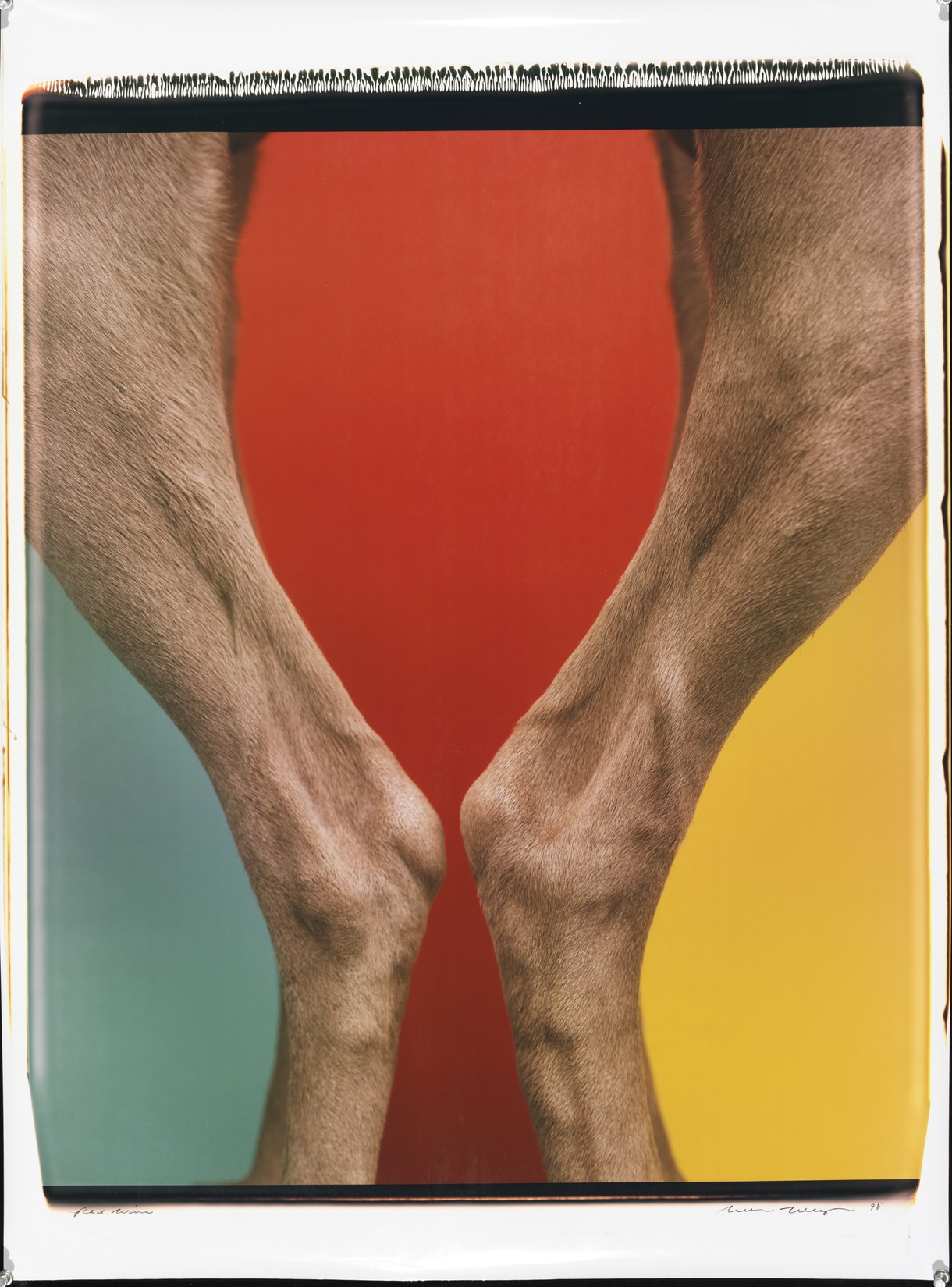
Anthropomorphism
Artist William Wegman has been photographing his Weimaraners in endless humanoid situations for more than four decades. Starting with Man Ray in the 1970s, Fay Ray in the 1980s and her subsequent offspring ever since, Wegman’s most popular artistic foil has been his pet dogs. For a number of reasons, this has occasionally meant his work has been thought of as naïve or sentimental – a trivial comic enterprise not too dissimilar to Anne Geddes’s notorious baby photos.
Commentary
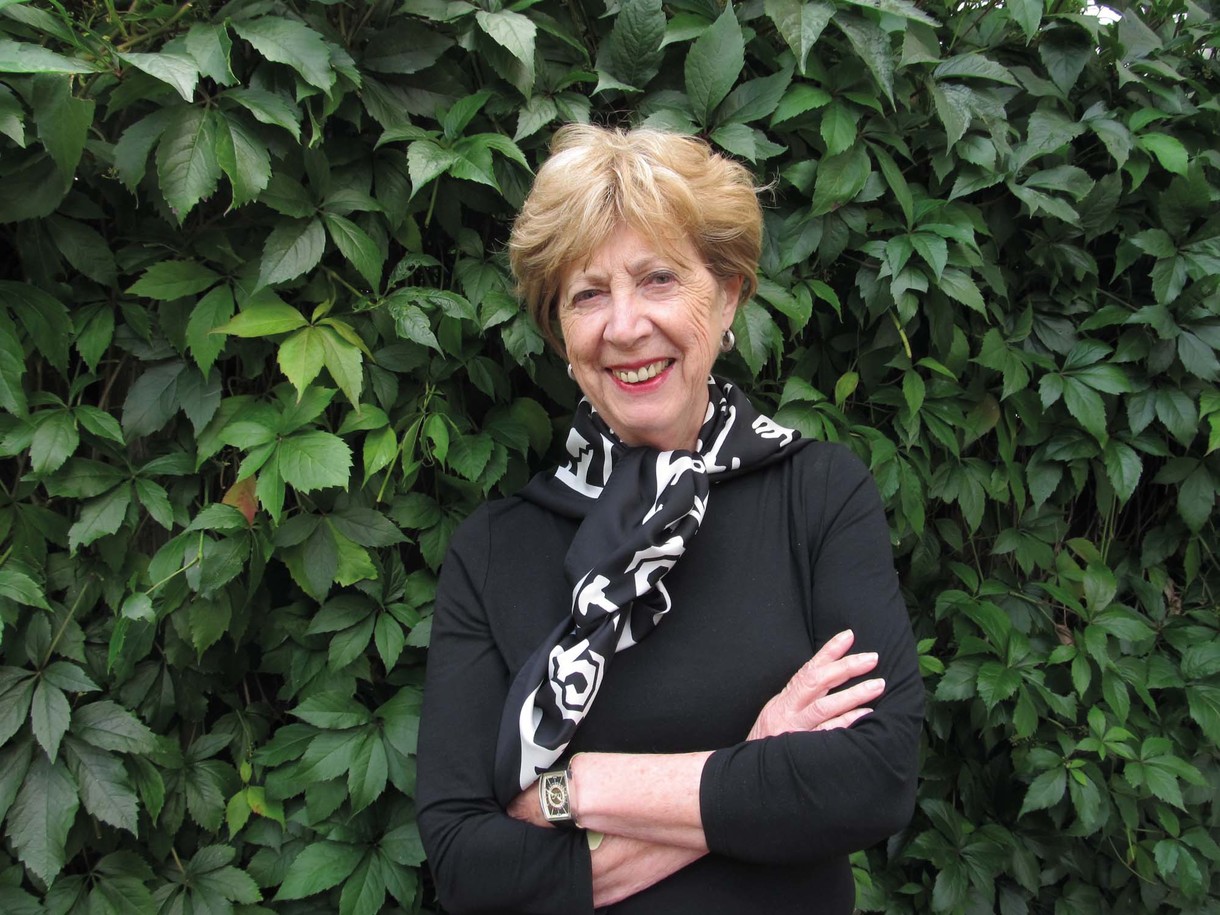
Do You See?
With the death of Julie King late in 2018, art and art history in Aotearoa New Zealand lost one of its great champions and major scholars. Julie was born in Yorkshire and grew up and was educated in Alnwick, Northumberland; she moved to Christchurch in 1975 to take up a role lecturing in the newly formed art history department at the University of Canterbury. She retired three decades later, having pioneered the teaching of New Zealand art in Canterbury.
My Favourite
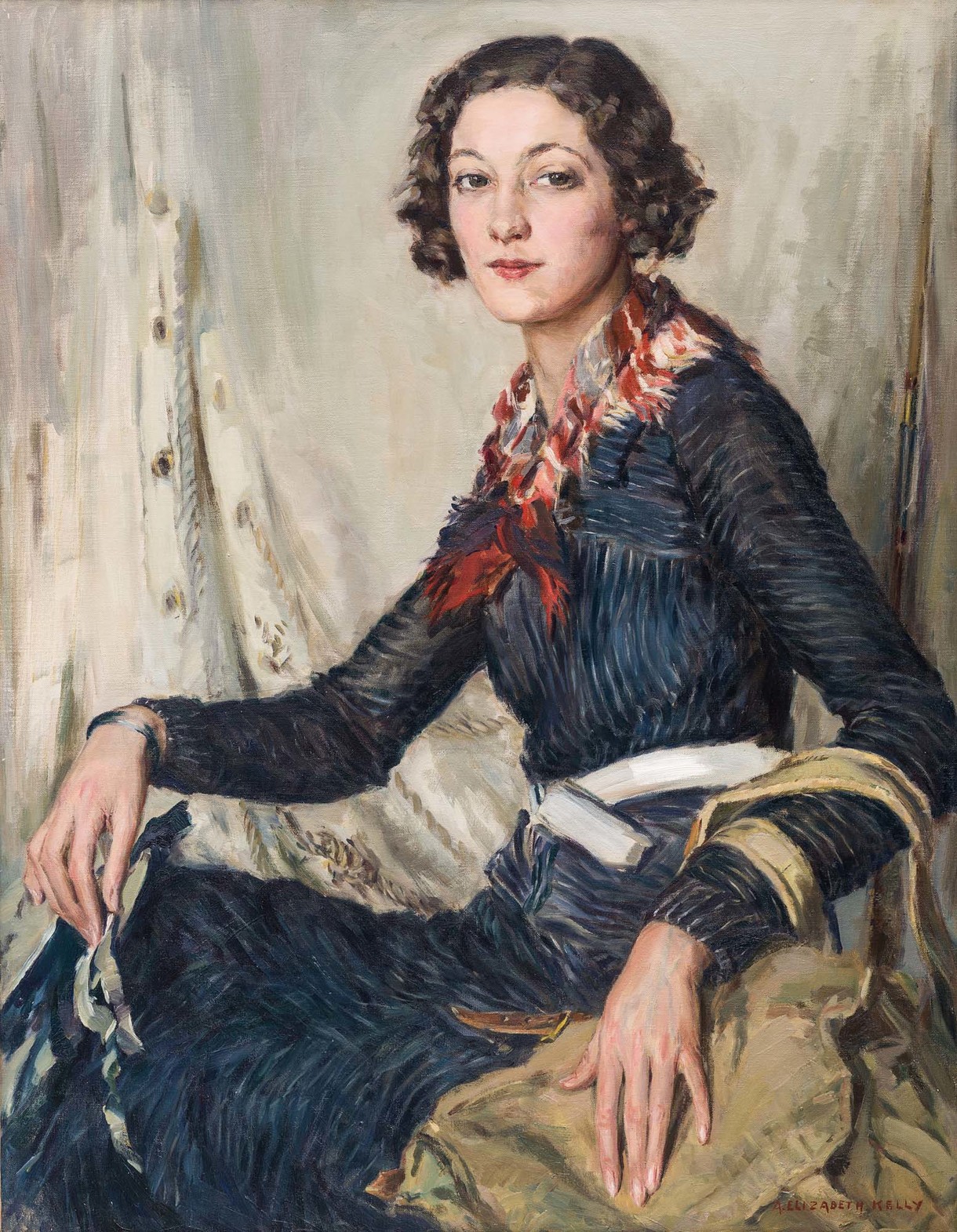
Elizabeth Kelly's Margaret
Many of us have works of art that are favourites, and these are often works that resonate with us or speak to us in some way. Margaret is one of those works for me. The portrait spends most of its time safely in storage at the art gallery but, for the summer of 1996–7, it and twenty-two other portraits by Elizabeth Kelly were shown at the Robert McDougall Art Gallery – Margaret graced the cover of the catalogue. The show brought a small flurry of excitement around Christchurch and, about sixty years after she had sat for her portrait, Margaret turned up to the show.
Postcard From...
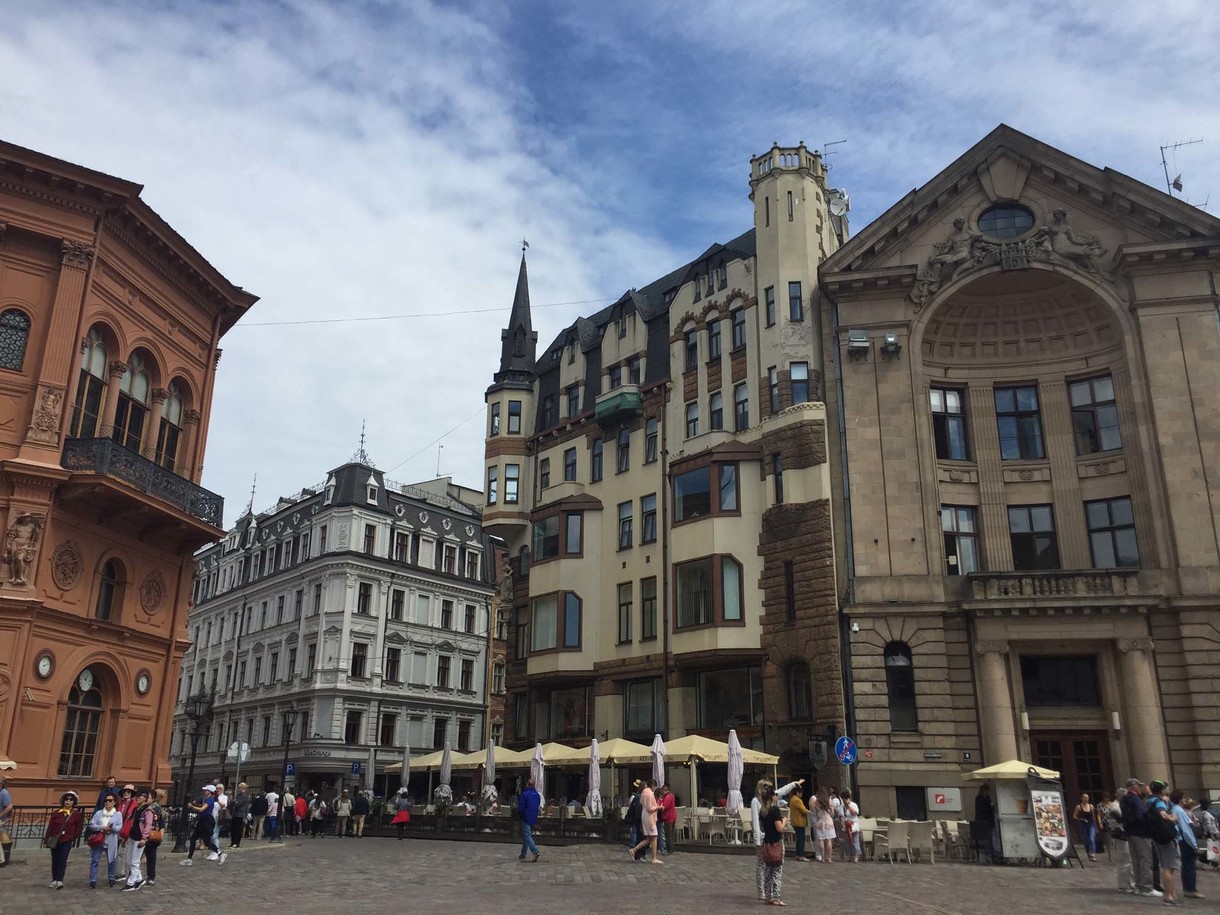
Jenny Harper, Riga, Latvia
I’ve been conscious of Riga since the 1980s when I organised an exhibition of the work of Australian artist Imants Tillers for the former National Art Gallery in Wellington. Although born in Sydney, Latvian was spoken at Tillers’s home and the city’s name features from time-to-time in his work, including the large multiple-canvas board painting bought for the NAG collection – Diaspora (1992). But my awareness of Latvia’s politics and past history was minimal until my visit.






